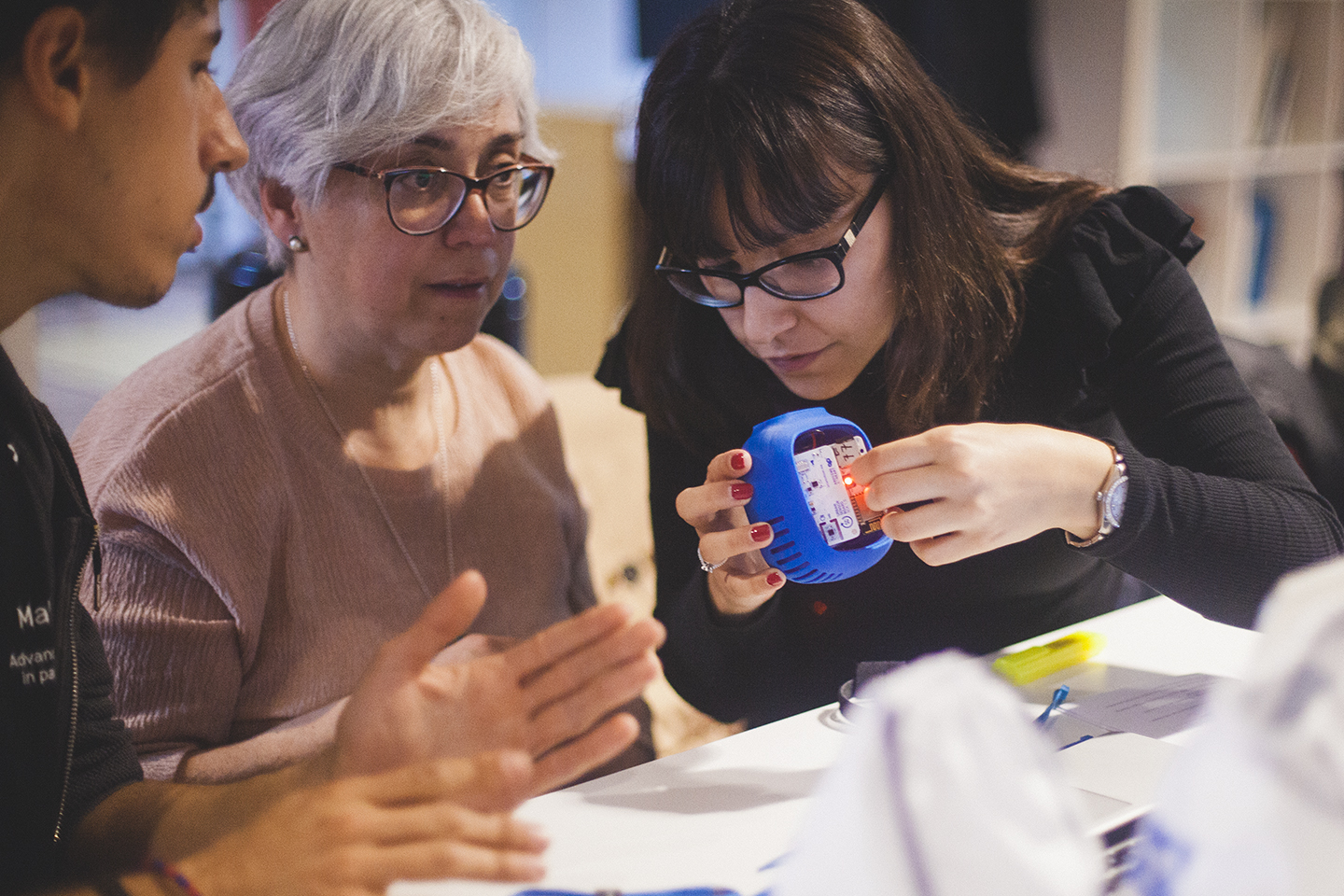The communicative ability of the digital realm means it provides unprecedented opportunities for both democratic decision making and public participation in important decisions. Civic technology, in particular, is designed to capitalise on these elements, and provide new tools and services which can allow citizens to better connect with their homes, cities and each other.
This is especially relevant in relation to urban development and city living in general. Cities have long been identified as one area of future technological revolution, whereby currently unsustainable, polluted and overcrowded communities can be turned into more environmentally friendly, digital smart cities. Although in some regards, the smart city concept is still utopian dreaming, in other areas great strides have been made. E-mobility, ride sharing and navigation apps are now everyday parts of many urban denizens’ lives, resulting in smartphones becoming many people’s portal to urban interaction.
By harnessing these developments and taking the concept further, civic tech can provide new suites of tools to allow citizens to influence their homes and improve sustainability conveniently and easily. Already digital services are being developed to provide access to healthcare, housing and energy, while smart technology can also play a role in waste management and security.
Tools for Civic Engagement
Civic technology can potentially create new, direct links between the people and their governments. Originally, contacting or informing your local representatives of an issue would require significant time, attention and often bureaucratic wrangling from the citizen, making it an unrealistic prospect for most. But the ability of digital applications to create toolsets to aid these kind of interactions have the potential to fundamentally overhaul how urban dwellers react to, and improve, their surroundings.
Take for example, projects such as FixMyBerlin, a digital app designed to allow Berliners to quickly and conveniently alert responsible authorities to issues in their city. In 2020, FixMyBerlin was specifically approached by the Berlin Senate to develop tools to help facilitate the Berlin Mobility Act, which aimed to turn the German capital into a cyclist’s dream city.
Through the interactive map, cyclists can flag issues, such as dangerous routes, construction work or a lack of bicycle stands on the app, which are then communicated to the relevant authorities. This allows the local government to understand which routes are being most frequently used, and which others require support and infrastructure. Hopefully, this will provide for a more accurate and data-driven approach to investing the 200 million EUR earmarked for the project.
Tools for Organisation
Digital tools also have the ability to connect citizens together in meaningful groups. City life can all too often feel like an individualistic place, where neighbours barely say hello, let alone know each others names. Civic tech tools can help change that by bringing groups, many of which share the same issues, together.
For example, such developments are underway in another German city, Dreden , which in 2015 introduced its ‘City of the Future’ campaign. Included in this were various civic tech initiatives designed to drive public particpation and project creation. Dresden’s Future City Projects innovation, for example, called on volunteers to develop concepts for a greener and more environmentally friendly city. Over 300 locals discussed ways in which this could be achieved, resulting in eight projects spanning waste management to ride sharing and playgrounds.
Another project looked at ways of creating circular recycling loops in which products that would otherwise be wasted can be reused. For example, after exhibitions, business conferences and other large events, there is often left over materials which are of little use or value to the organisers. However, they may be of use to others, such as artists, kindergartens or other private individuals. Through the Future City Project, pop-up stores were created to pass the goods on to others and generate funds.
Originally, the teams worked with spreadsheets, but now the volunteers are developing a digital platform to help other groups or individuals realise projects of their own. The logistical burden of establishing and maintaining small communities can often be enough to dissuade citizens from creating or joining them, but by providing bespoke, open source tools, Future City Projects hopes to create a streamlined and fuss-free approach to civic engagement. Perhaps most importantly, the portal can be used for various city projects to gain access to funding.
Tools for Data
New Internet of Things (IoT) technology also has the potential to provide vast amounts of data which can then be used to inform new important decisions or day to day activities. Already civil society has mobilised in this regard, and now ‘citizen scientists‘ can install air quality or noise sensors from their windows, while smart trash cans could be able to inform collectors when they are close to overfilling.
However, for this system to work, there has to be a robust network in place to facilitate the communications. The usual 4G/5G network is far too overkill for this purpose. Most small IoT devices need only a small bandwidth and do not have the battery capacity for a full mobile internet connection. To deal with the growing demand for interconnectivity, nonprofits such as MXC, looked to develop LPWAN (Low Power Wide Area Network) connections which are better suited to IoT applications.
Additionally, they have developed other tools which aim to help reduce the congestions caused by many devices attempting to connect with a central hub. Such issues are likely to become ever more prevalent as smart city and digital technology becomes more commonplace.
Indeed, ensuring reliability is an important issue. It may seem a no-brainer to ensure your technology actually works, but if civic tech expands and becomes more prevalent it also becomes a societal issue. If more and more of our daily lives shifts online, including access to important services, then it becomes vital that the technology functions as expected for the user. We’ve all experienced frustrations with slow or broken technology, and such frustrations will only become greater when the technology itself takes on more important roles.
These developments are not uniform across the globe – or even across nations and cities themselves. The cities most strongly embracing civic tech and smart technology are usually found in fairly opulent areas with an already tech-literate society, such as Singapore, Oslo, Copenhagen and Barcelona. So, it is also important to understand civic tech, at least initially, will not necessarily benefit all to the same degree.
Furthermore, although moving services online is likely to make them more accessible to most, for others it may make them harder to reach. Using digital services requires a degree of technical knowledge and access to a fairly up-to-date smart device. For young and affluent urban dwellers, this may be no problem, but cities are home to widely diverse and different groups which also deserve to have a say in how their homes are changed and managed. If civic and smart cities technologies want to define the future of our communities, they also need to ensure they bridge the ‘digital divide’ and bring everyone along with them.
This article is part of our Special Feature “Civic Tech – Ways Out of the Climate Crisis with Digital Civic Engagement”. You can find all articles of the Special Feature here: Special Feature Civic Tech

The Special Feature is part of the project funding of the German Federal Environmental Foundation (Deutsche Bundesstiftung Umwelt – DBU), in the framework of which we are producing four special features over two years on the topic of “Opportunities and potentials of digitalisation for sustainable development”.
More information here.










